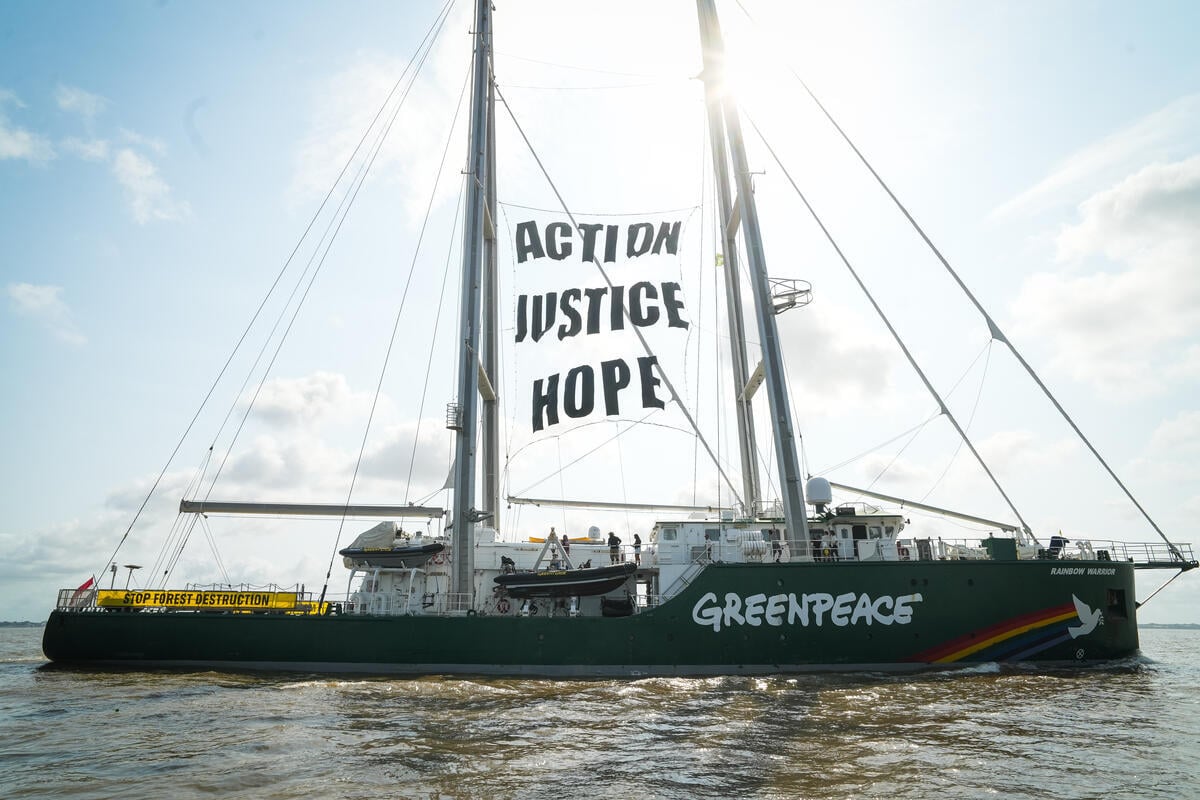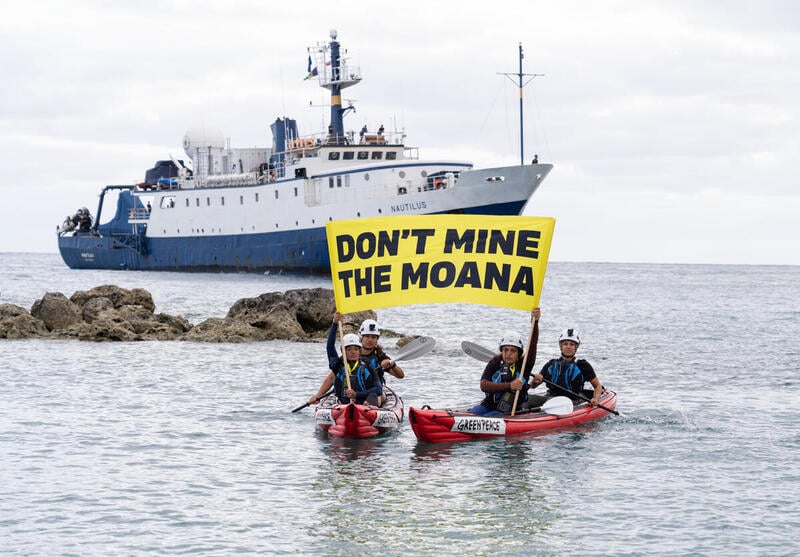Corals are the backbone of the ocean. They create biodiverse habitats – areas where marine life can thrive in the sanctuary provided. And there is so much we don’t know about these colourful animals of the deep.
We’ve pulled together this list of fun facts to show you why this incredible part of ocean life should be protected.
1. There are thousands of different species of coral that we know of! But there are also definitely many more we haven’t discovered yet.
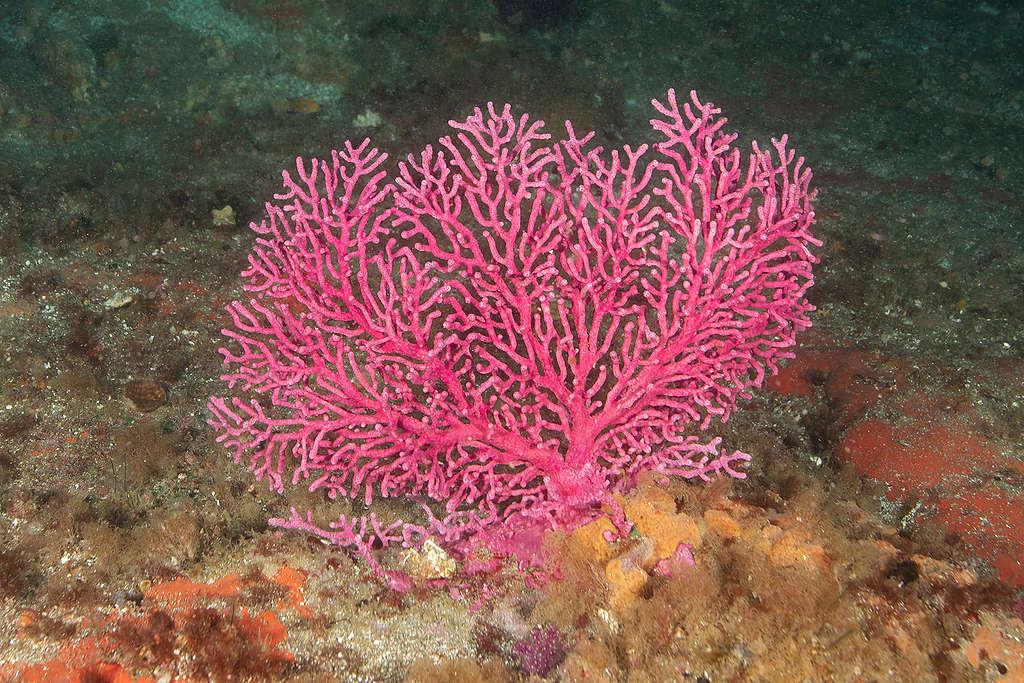
There are 5,641 species of coral that have been identified all around the world as of 2024, according to The Living Planet report by Our World in Data. However, there are so many reefs and seamounts around the world that are teeming with a huge variety of species, including many that we’ve never seen before.
In particular, it’s really hard to get down to the depths of the ocean to see deep sea coral, so our knowledge of them is limited! Humans have surveyed less than 1% of the world’s seamounts so far.
2. These unique species can grow for thousands of years.
Coral has been found in New Zealand that is over a thousand years old. That’s older than sliced bread! But the oldest living coral EVER found was much older – around 4,200 years old. Within the lifespan of the oldest coral alive today, it could have seen everything from the building of the Egyptian pyramids to Māori arrival in Aotearoa, to the invention of the iPhone.
3. Is coral a plant? Nope – they’re animals!
Despite the fact that they look like plants or rocks, coral are alive. Lots and lots of tiny individual animals called polyps, living in colonies, make up the structures that we call ‘coral’.
4. Some corals are carnivorous!
Some coral eat zooplankton. These tiny little organisms are found throughout our oceans, and are basically the building blocks of the whole oceans food chain, because so many species rely on them for nutrients! When zooplankton drift through the water around a coral, it can sting them with cells on its tentacles.
5. Not all coral live in reefs – lots of coral species live on seamounts in the deep sea.
Some of the world’s coolest corals (both literally and figuratively) live in the deep sea. These cold-water corals are unique and beautiful, and they grow incredibly slowly.
Some are thousands of years old, others are several hundred years old. We even got to see some earlier this year, when we went out to the Tasman Sea to survey life in the deep, and the destruction caused to some areas intensively bottom trawled.

6. Coral is under threat from the NZ bottom trawling industry
The New Zealand bottom trawling industry drags up many kilograms of coral every year. At the end of 2024, a trawler in New Zealand waters brought up 6000 kilograms in a single trawl.

A different New Zealand trawler pulled this giant piece of paragorgia coral up from the deep.
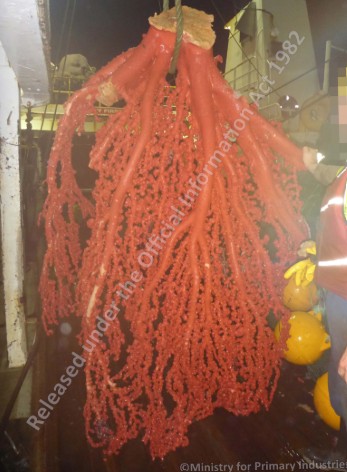
Sadly, this is a common occurrence. A new report released by the Department of Conservation shows that there were over 13,400 reported incidents of protected coral bycatch since 1990. Not only this, but observers are not onboard many bottom trawling trips. That means that much of the bottom trawling industry’s activities are out of sight, out of mind.
7. You can take action to protect these ancient lifeforms with Greenpeace NOW, by calling for an end to New Zealand’s bottom trawling on seamounts.
For more than two decades, Greenpeace Aotearoa has been campaigning to end the archaic practice of bottom trawling. Now, the vast majority of New Zealanders want it banned in the places where it does the most harm. To help us get rid of this practice, add your name to our petition to ban bottom trawling on seamounts now!
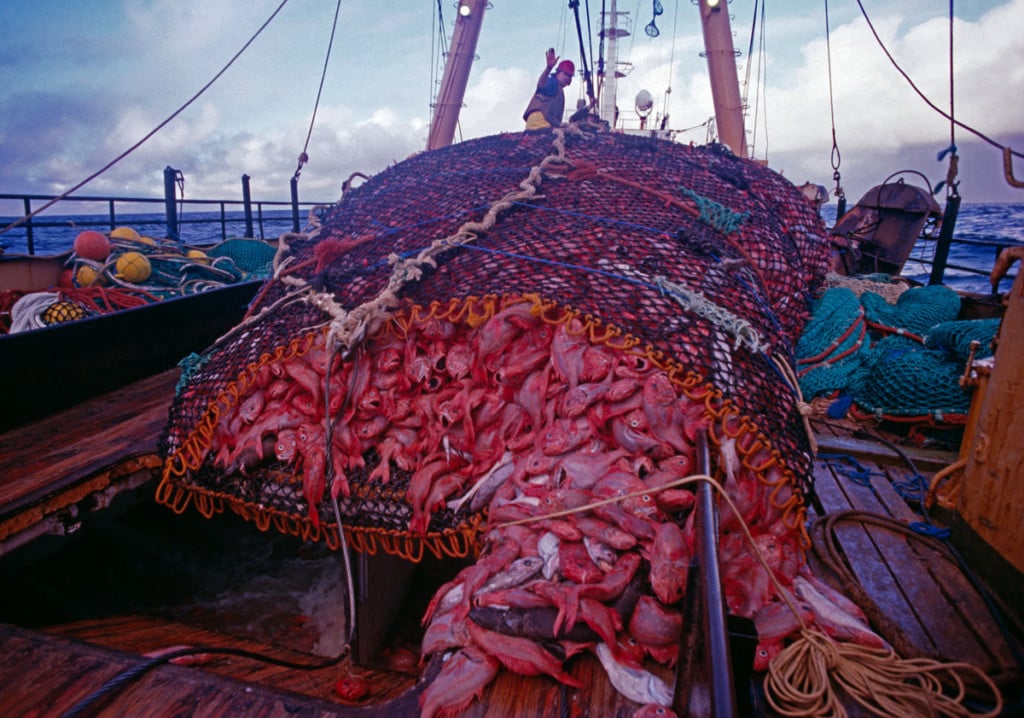
At home and far out to sea, our oceans are being plundered for profit by the fishing industry through bottom trawling. But what is bottom trawling and why is it so destructive to ocean habitats?
Take Action
